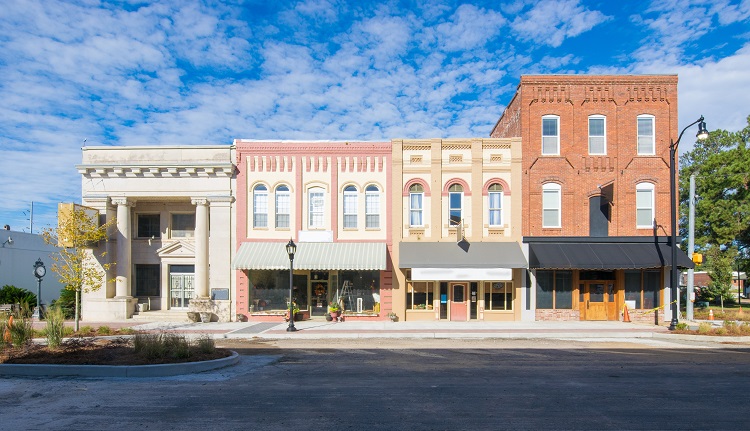Why Buildings Can Sometimes Be Disposable

It may be a hard concept for some to grasp, but we live in an era of disposable buildings. Unlike the Egyptian pyramids that have been standing for over 4,600 years, or the Great Wall of China that was built over 2,000 years ago, no matter how big, strong, or modern a newly constructed building is, there is a good chance that one day it's coming down.
In the early 80s, I was part of the construction team responsible for building the Hubert H. Humphrey Metrodome, where the Minnesota Vikings would play. Our company was in charge of building the support and riser beams, which were the main structure of the stadium. I remember being 60 feet above ground bolting brackets onto concrete columns using a two-man torque wrench. These bolts would be torqued to 2,800 foot-pounds to hold the brackets in place to support the horizontal concrete forms that would go from column to column. Hundreds of tons of steel and concrete would be placed in those forms that would become the main horizontal support beams.
As we stripped those forms seven days after they were poured, I remember thinking to myself, “This baby is here to stay.” Yet, just a few years ago, I watched a wrecking ball smash into those same support beams, demolishing them to pieces to make way for the new U.S. Bank Stadium.
And it's not just stadiums. According to an article in the Baltimore Sun, Maryland Governor Larry Hogan pledged $75 million to demolish thousands of abandoned homes in the city. The plan called for approximately 4,000 units to be demolished over four years in what is known as Project Core.
There are many reasons buildings are demolished:
-
Natural disasters can destroy large areas of buildings.
-
Infrastructure improvements can demand building removal.
-
Economically depressed areas.
-
Land is sometimes more valuable for other purposes.
-
A company's needs for updated floor plans or a new image.
-
Updated architectural designs, style, and culture.
-
Building code demands.
-
Safety concerns.
There are also several reasons a building might be restored instead of demolished:
-
A business may choose an older building that shows their uniqueness and sets them apart from chain stores.
-
Older buildings are sometimes a big part of a city's culture or history and can help draw tourists.
-
Because of their rich history, some old buildings have an intrinsic value.
-
Some building codes and ordnants will not alow a new building to be built on a particular piece of property leaving the existing building to work with.
-
Many people enjoy old buildings because of their craftsmanship and architectural details.
When buildings are going to be demolished, there are three primary types of demolition: manual (labor), mechanical (machinery), and explosives. Older buildings may have issues with asbestos that needs to be removed by licensed professionals. Recycling the concrete for structural fill as it is crushed for road base and melting down steel and asphalt to be reused is basic protocol in demolishing older buildings. The push to develop environmentally friendly building materials comes into clearer focus as we start to see buildings as a disposable product.
Construction is an industry that will always develop as the old continues to fade. Do you think your home or the building you work in will be around in two hundred years?
Sources:
https://www.youtube.com/watch?v=s-4jJjg7HsU
http://www.baltimoresun.com/business/real-estate/bs-md-ci-project-core-changes-20171006-story.html
An insurance company that cares about you and insuring the things you wish to be insured.
Get a Quote> Find an Agent>

